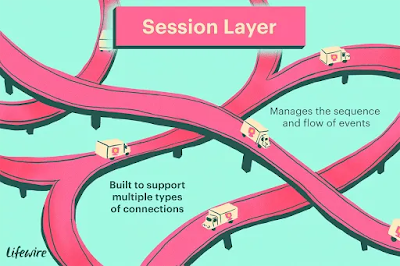OSI MODEL:-
An open systems interconnect(OSI) reference model was developed by the international organization for standardization in 1984 to enable different type of network to be linked together.
the model contains seven layers. these layer describe networking function from the physical network interface to the software applications interfaces.the intent of the OSI MODEL is to provide a framework for the network that ensure compatibility in the network hardware and software and to accelerate the development of new network technologies.
1.Physical layer:-
The physical layer is responsible for the transmission and reception of unstructured raw data between a device and a physical transmission medium. It converts the digital bits into electrical, radio, or optical signals. Layer specifications define characteristics such as voltage levels.
2.DATA LINK LAYER.:-
Handle error recover,flow control(Synchronization),and sequencing(which terminals are sending which are receiving). it is considered the "media access control layer" (MAC) addressing is defined .the ethernet 802.3 standard is defined in this area, which is why the mac address is sometime called the ethernet address.
3.NETWORK LAYER:-
Accepts outgoing messages and combine messages or segment into packets,adding a header that including routing information. it acts as the network controller.
4.TRANSPOT LAYER:-
5.SESSION LAYER:-
Provide the control function necessary to established, manage, and terminate the connection are required to satisfy the user request. example of network file system(NFS) and structure query language (SQL).
6.PRESENTATION LAYER:-
Accept and structures the message for the application.it translate the message from one code to another in necessary for data compression and encryption.examples of technologies working in this layer are American Standard Code for information Interchange (ASCII)and join photographic expert group(JPEG).
7.Application layer:-
Interacts with application program that incorporate a component such as your internet browser and Email. this layer for responsible for logging the message in, interpreting the request,and determining what information is needed to support the request.









